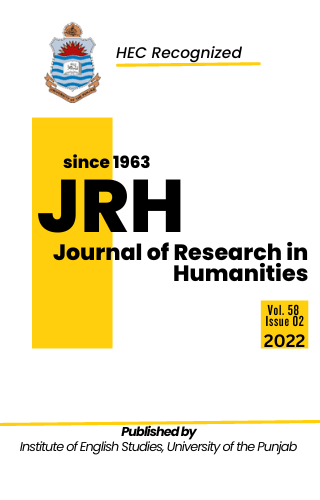The Formation of Dysfunctional Social Interactions amidst Excessive Homosociality: An Analysis of Sunjeev Sahota’s The Year of the Runaways
Keywords:
Community, Discrimination, Homosociality, Male bonding, Social lifeAbstract
The paper is an analysis of Sunjeev Sahota’s novel The Year of the Runaways through the lens of the theory of homosociality. The concept of homosocial desire has long exited in different socio-economic setups but it gained significant interest after Eve Sedgwick explained the theory in her book Between Men: English Literature and Male Homosocial Desire. This paper aims to read Sahota’s depiction of homosociality as bearing undesirable social-economic outcomes on the immigrant experience. For this purpose, this paper will make an attempt to read the characters in order to unearth the causes of their subjugation. The objective of this study is to unearth examples where the characters suffer due to their homosocial desires. These examples include discrimination, lack of sexual appeal, and a general sense of dislike for men who are seen with other men. The theory of homosociality which is used as a tool to gauge the negative impacts of male friendship has been explained thoroughly by Eve Sedgwick. By attempting to explore the primary text through this theory this research aims to dismantle the traditional treatment of male bonding. Male bonding is seen as a way in which men secure power in a given society. Sahota, however, depicts that men especially immigrants experience a distorted social life because of their homosocial bonds. This paper suggests a reconsideration of the treatment of homosocial desire and the way in which it is anticipated.










